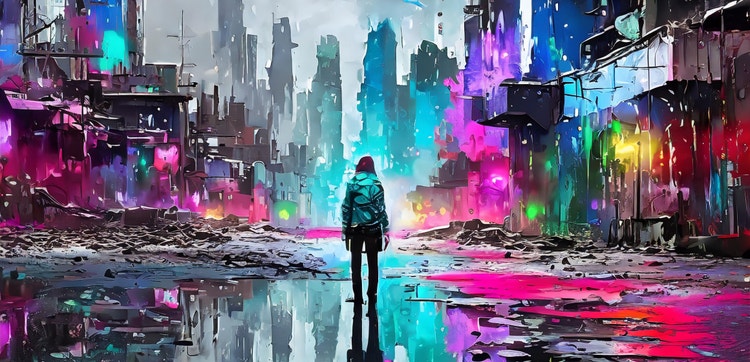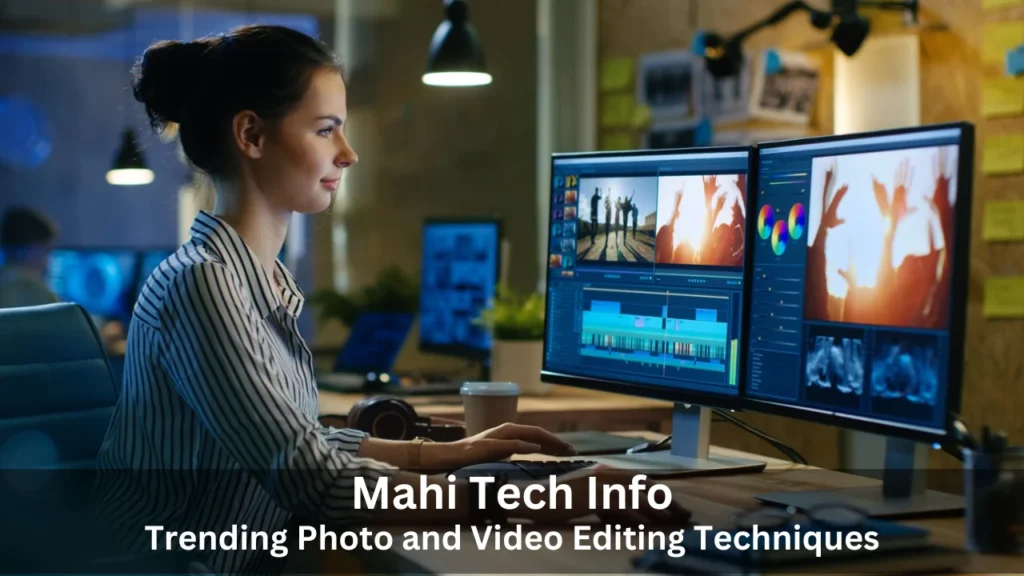Artificial intelligence (AI) has been transforming creative industries for decades, and AI image generators stand out as one of the most groundbreaking innovations. From their rudimentary beginnings to today’s sophisticated tools capable of producing hyper-realistic visuals, AI image generators have come a long way. Let’s explore their history, technological advancements, and the impact they’ve had on art, design, and beyond.
The Early Days of AI in Image Generation
AI’s journey into image generation started in the late 20th century. Early efforts were driven by computer scientists and researchers experimenting with neural networks to mimic basic human creativity. These initial models were simplistic, often producing pixelated or abstract visuals. While groundbreaking at the time, they lacked the complexity and realism we see today.
In the 1990s, advancements in machine learning introduced more sophisticated algorithms capable of recognizing patterns in data. Researchers began experimenting with how AI could manipulate and generate images, leading to the creation of basic procedural graphics. However, it wasn’t until the advent of more powerful computational tools in the 2010s that AI image generation truly began to flourish.
If you’re exploring modern AI tools to elevate your creative work, this could be the ticket to discovering state-of-the-art solutions like Adobe Firefly, which offer incredible text-to-image capabilities.
The Rise of Generative Adversarial Networks (GANs)
The true game-changer for AI image generation came in 2014 with the introduction of Generative Adversarial Networks (GANs) by Ian Goodfellow. GANs operate by pitting two neural networks against each other:
- The Generator: Creates new images.
- The Discriminator: Evaluates the images’ authenticity and provides feedback.
This adversarial process refined the generator’s outputs over time, resulting in realistic and high-quality images. GANs quickly became the foundation for many AI image generation tools, enabling applications like facial recognition, image restoration, and artistic rendering.
Breakthroughs Enabled by GANs
- DeepArt and Prisma (2015-2016): These apps allowed users to transform photos into artworks inspired by famous painters like Van Gogh and Picasso.
- StyleGAN (2018): Developed by NVIDIA, this tool revolutionized portrait creation, enabling the generation of lifelike human faces.
The Integration of Text-to-Image Models
In the late 2010s and early 2020s, text-to-image models became a significant milestone. These systems used natural language processing (NLP) to translate descriptive text prompts into images. OpenAI’s DALL·E, launched in 2021, showcased the power of this technology, enabling users to create surreal and imaginative visuals simply by describing them in words.
Text-to-image AI expanded accessibility, empowering non-designers to explore creative possibilities. It also bridged the gap between creative intent and execution, making it easier to produce visuals aligned with specific visions.
Key Players in Text-to-Image Generation
- DALL·E and DALL·E 2: Pioneered the concept of turning natural language into detailed, artistic imagery.
- Stable Diffusion: An open-source alternative known for its flexibility and community-driven improvements.
- Adobe Firefly: A cutting-edge tool designed for professional creators, combining text-to-image capabilities with intuitive workflows.
How AI Image Generators Are Transforming Industries
The evolution of AI image generators has impacted numerous industries:
1. Art and Design
Artists now collaborate with AI to push creative boundaries. AI tools assist in generating concepts, experimenting with styles, and producing unique visuals. Digital artists like Refik Anadol use AI to craft mesmerizing installations, showcasing how technology can elevate traditional art forms.
2. Marketing and Branding
Businesses leverage AI-generated visuals for campaigns, social media content, and branding assets. These tools offer fast, cost-effective solutions for creating high-quality graphics tailored to specific audiences.
3. Entertainment and Gaming
In film and gaming, AI generates environments, characters, and special effects. This technology speeds up production cycles while maintaining a high standard of creativity and realism.
The Challenges and Ethical Considerations
While AI image generators offer unparalleled creative potential, they also raise ethical concerns:
- Copyright Issues: AI models are trained on vast datasets, sometimes including copyrighted works, leading to debates about intellectual property rights.
- Bias in AI Models: Some tools may reflect biases present in their training data, affecting inclusivity and representation.
- Over-Reliance on AI: As AI becomes more capable, there’s a risk of diminishing the value of human creativity.
To address these challenges, creators and developers must prioritize transparency, inclusivity, and responsible use of AI technologies.
The Future of AI Image Generators
The future of AI image generation looks promising. Innovations like diffusion models and advanced GANs are paving the way for even more realistic, customizable, and efficient tools. Integration with augmented reality (AR) and virtual reality (VR) will likely take AI-generated visuals to new heights, enabling immersive experiences for users.
Moreover, as AI tools become more accessible, they’ll continue to democratize creativity, empowering individuals and small businesses to compete on a level playing field with larger enterprises.
Conclusion
AI image generators have come a long way since their inception, evolving from rudimentary systems to sophisticated tools shaping the way we create and consume visuals. By understanding their history and potential, we can appreciate their transformative power while navigating the ethical and creative challenges they present.
Whether you’re an artist, marketer, or curious enthusiast, embracing this technology can open doors to limitless possibilities in your creative endeavors.



